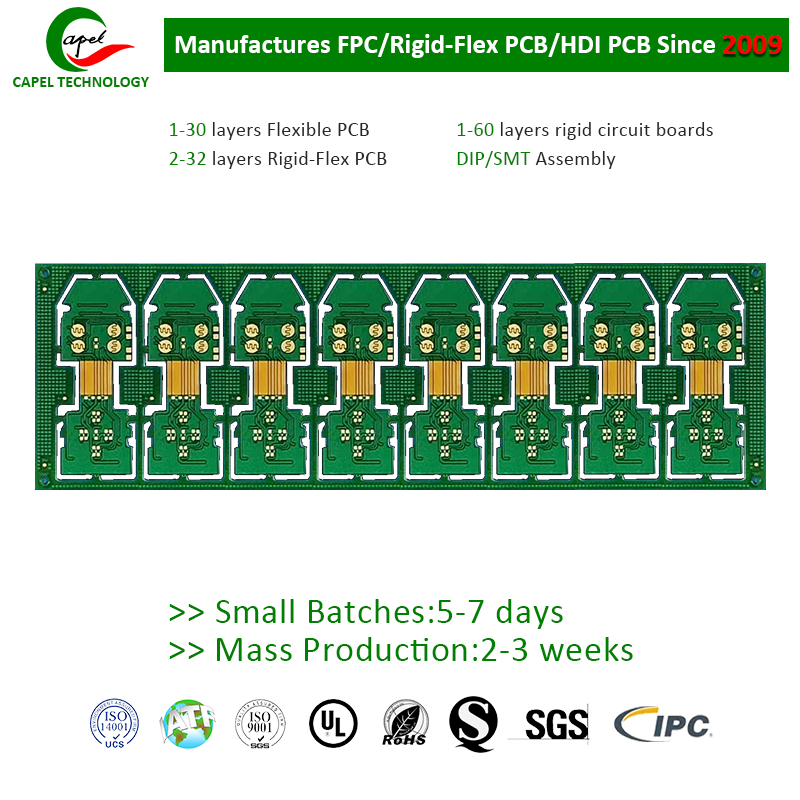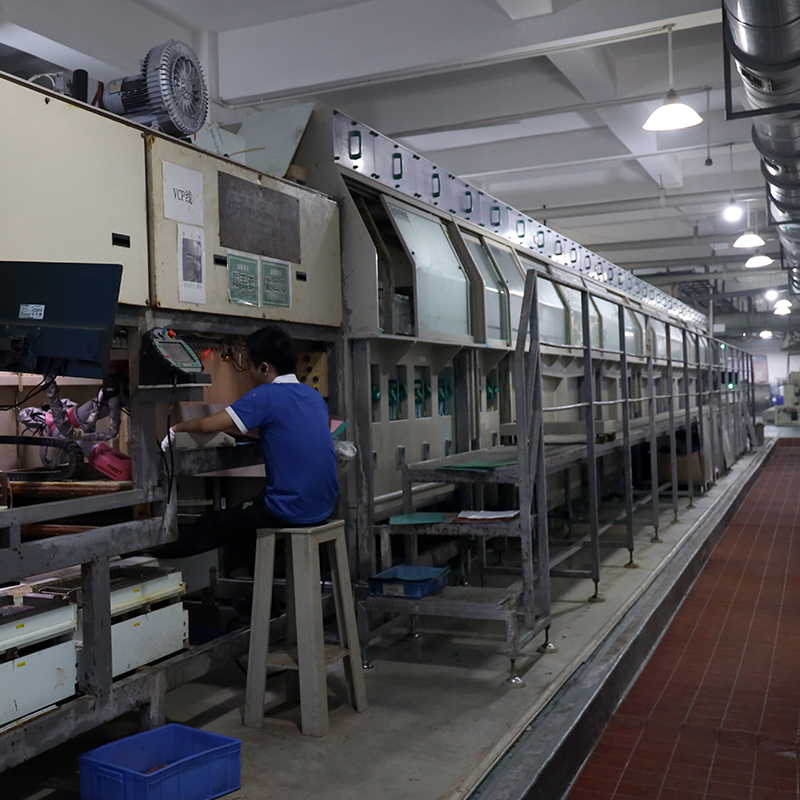In this blog post, we will discuss the basic factors to consider when selecting line width and space specifications for 2-layer PCBs.
When designing and manufacturing printed circuit boards (PCBs), one of the key considerations is determining appropriate line width and spacing specifications. These specifications have a significant impact on PCB performance, reliability, and functionality.

Before we get into the details, it’s important to have a clear understanding of what line width and spacing actually mean. Linewidth refers to the width or thickness of copper traces or conductors on a PCB. And spacing refers to the distance between these traces. These measurements are usually specified in mils or millimeters.
The first factor to consider when selecting line width and spacing specifications is the electrical characteristics of the PCB. The width of the trace affects the circuit’s current-carrying capability and impedance. Thicker traces can handle higher current loads without causing excessive resistive losses. Additionally, the spacing between traces affects the potential for crosstalk and electromagnetic interference (EMI) between adjacent traces or components. Consider the circuit’s voltage level, signal frequency, and noise sensitivity to determine appropriate electrical specifications.
Another important aspect to consider is thermal management. Line width and line spacing play a role in proper heat dissipation. Wider traces facilitate efficient heat transfer, reducing the likelihood of components on the board overheating. If your PCB needs to withstand high-power applications or operate in a high-temperature environment, wider traces and greater spacing may be required.
When selecting line widths and spacing, the manufacturing capabilities of the PCB manufacturer must be considered. Due to equipment and process limitations, not all manufacturers can achieve very narrow line widths and tight spacing. It is important to consult with your manufacturer to ensure that the selected specifications are met within their capabilities. Failure to do so may result in production delays, increased costs, or even PCB defects.
Signal integrity is critical in PCB design. Line width and spacing specifications can significantly affect the signal integrity of high-speed digital circuits. For example, in high-frequency designs, smaller line widths and tighter spacing may be required to minimize signal loss, impedance mismatch, and reflections. Signal integrity simulation and analysis can help determine appropriate specifications to maintain optimal performance.
PCB size and density also play an important role in determining line width and spacing specifications. Smaller boards with limited space may require narrower traces and tighter spacing to accommodate all necessary connections. On the other hand, larger boards with less space constraints may allow for wider traces and greater spacing. It is important to strike a balance between achieving the desired functionality and ensuring manufacturability within the available board space.
Finally, it is recommended to refer to industry standards and design guidelines when selecting line width and spacing specifications. Organizations such as the IPC (Electronic Industries Council) provide specific standards and guidelines that can serve as valuable references. These documents provide detailed information on appropriate line width and spacing for various applications and technologies.
Selecting the correct line width and spacing specifications for a 2-layer PCB is a critical step in the design process. To ensure optimal performance, reliability, and manufacturability, factors such as electrical characteristics, thermal considerations, manufacturing capabilities, signal integrity, PCB dimensions, and industry standards must be considered. By carefully evaluating these factors and working closely with the PCB manufacturer, you can design a PCB that is accurate, efficient, and meets your requirements.

Post time:
Sep-26-2023
Previous:
Control the thickness of 6-layer PCB within the allowable range
Next:
Multi-layer PCB internal wires and external pad connections
Back








